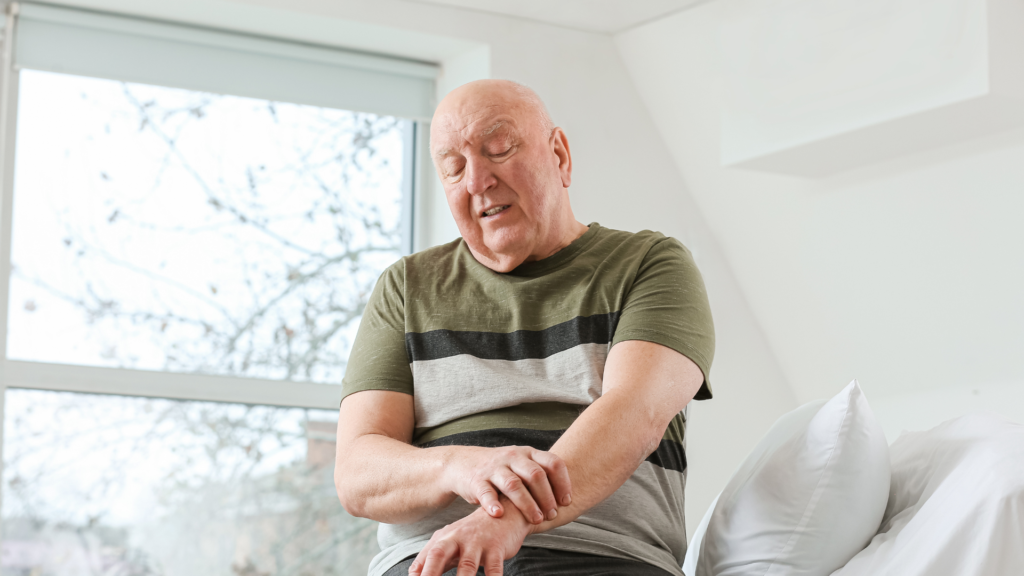
Parkinson’s disease (PD) is a neurological disorder that affects millions of people worldwide. While it’s more common in older adults, it can affect individuals of any age. In this blog, we’ll delve into what Parkinson’s disease is, its symptoms, causes, diagnosis, and available treatments.
Parkinson’s disease is a progressive disorder of the nervous system that primarily affects movement. It develops gradually, often starting with barely noticeable tremors in one hand. Over time, it may cause stiffness or slowing of movement.
The exact cause of Parkinson’s disease remains unknown, but it’s believed to involve a combination of genetic and environmental factors. Some research suggests that certain genetic mutations may predispose individuals to the disease, while exposure to certain toxins or environmental factors may also play a role.
Diagnosing Parkinson’s disease can be challenging, as there are no definitive tests for it. Doctors typically rely on a thorough medical history, physical examination, and assessment of symptoms to make a diagnosis. Sometimes, additional tests such as blood tests, brain imaging scans, or specialized neurological tests may be performed to rule out other conditions with similar symptoms.
Overall, psychomotor therapy can play a vital role in helping individuals with Parkinson’s disease maintain and improve their physical abilities, independence, and quality of life. By addressing movement difficulties and promoting overall well-being, psychomotor therapy contributes to a more holistic approach to managing Parkinson’s symptoms. Check with our therapists at TBC Dubai for tailored support.